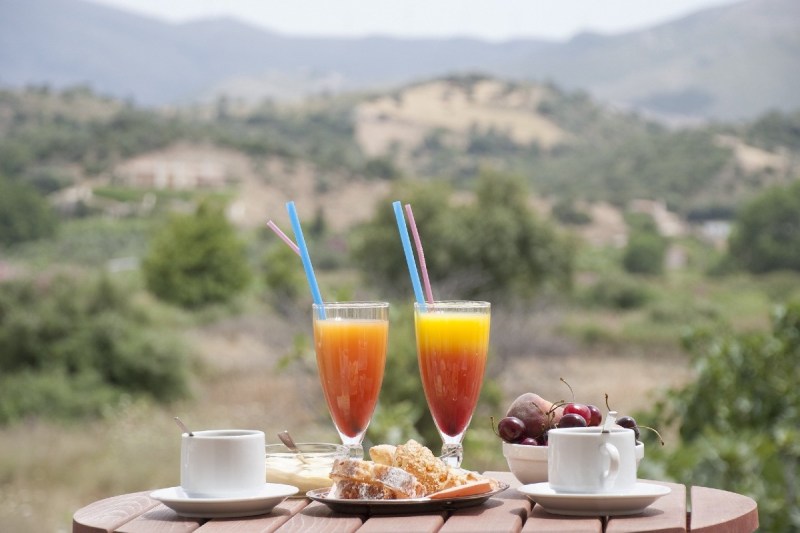In theory, mixing bitter coffee with tangy orange juice sounds like something a toddler would do: brown and orange? Sharp and bitter together? Believe or not, though, this unholy communion can be a smoky, sweet treat — given the right mix.
Search for ‘orange juice espresso’ on TikTok and you’ll stumble upon a stunning 527.6 million views. This includes over 1.6 million views from @bundaddy swearing that, “I have not seen one person who likes espresso and orange juice not like them together. You think that you won’t [like it] — you will.”
https://www.tiktok.com/@bundaddy/video/7067172179426823471
At The Manual, we were up for the challenge. Along the way, we had help from Natalie Sexton, the current proprietor of Natalie’s Orchid Island Juice Company, to provide perspective on the concoction and its significance for the orange juice industry. What emerged was a business profile reflecting the industry and an important answer to the OJ-coffee conundrum: Maybe.
The more astute, culinary-aware readers might already be asking, “What kind of orange juice and what type of espresso?” For Natalie’s Orchid Island Juice Company, it’s Fort Pierce. Florida citrus trends toward the sweeter side of the scale.
“It’s the heartland of citrus due to the terrain, tropical temperature, and the soil. It produces very, very sweet juicy oranges,” Sexton said.
Natalie’s uses 80% Florida oranges in its juice, maintaining relationships with 25 local growers for over 20 years.

“Our commitment to sourcing and production is what sets us apart,” Sexton said. “Our commitment to minimally processed juice is as close to using only actual ingredients as possible.”
Sexton’s father, Bobby Sexton, was a fourth-generation Florida citrus grower who saw the niche market for fresh-squeezed juice when the only market options were highly processed concentrates that were pasteurized to the point of sterilization. He dreamed of producing fresh-squeezed juice but was too busy running the family’s packing house to pursue it. His wife, Marygrace, took that vision and began to squeeze fresh juice for a roadside stand. 30 years later, this has blossomed into a family-operated, women-owned business that produces high-end juice, sourcing 35 to 40 states and running a revenue of over $110 million in the process.
Still, with some of the country’s sweetest oranges on tap, when Natalie’s made their own OJ and coffee cocktail, drink makers found that adding a splash of pineapple smoothed out the double shot of acid and brightened the mix.
“Taking two very acidic items and mixing them together isn’t always the best idea,” Sexton said. “We actually mixed the orange juice with pineapple. It changed the profile and made it more consumable.”
The key seems to be sweetness when mixing the Vitamin C-rich drink with morning java. My own experience avoided espresso for cafe de olla, aka ‘Mexican coffee.’ Brewed coffee is cut with cinnamon and cane sugar to produce a super sweet, spicy concoction. Mixed with fresh-squeezed orange juice, the effect was surprisingly tasty: The super-sweet drink elevated tart citrus juice with a pleasant sugary and smoky bump.
It was a fun trend to follow and it helped Natalie’s bring new exposure to its consumers and buyers.
“Trends are wonderful because they inform a further customer base on new ways to use our product and new ways to consider our beverage. It’s a great awareness opportunity, providing alternate options and considerations. It’s a wonderful new way to translate the brand,” Sexton said.
When new beverage buzzes arise, Natalie’s reaches out to its social media influencers and food service partners. Chefs, for example, are now using Natalie’s to make the concoction in restaurants, coffee shops, and cafes.
An extra shot of caffeine along with anti-inflammatories and a solid dose of Vitamin C, it’s refreshment worth experimenting with at home or when going out.



